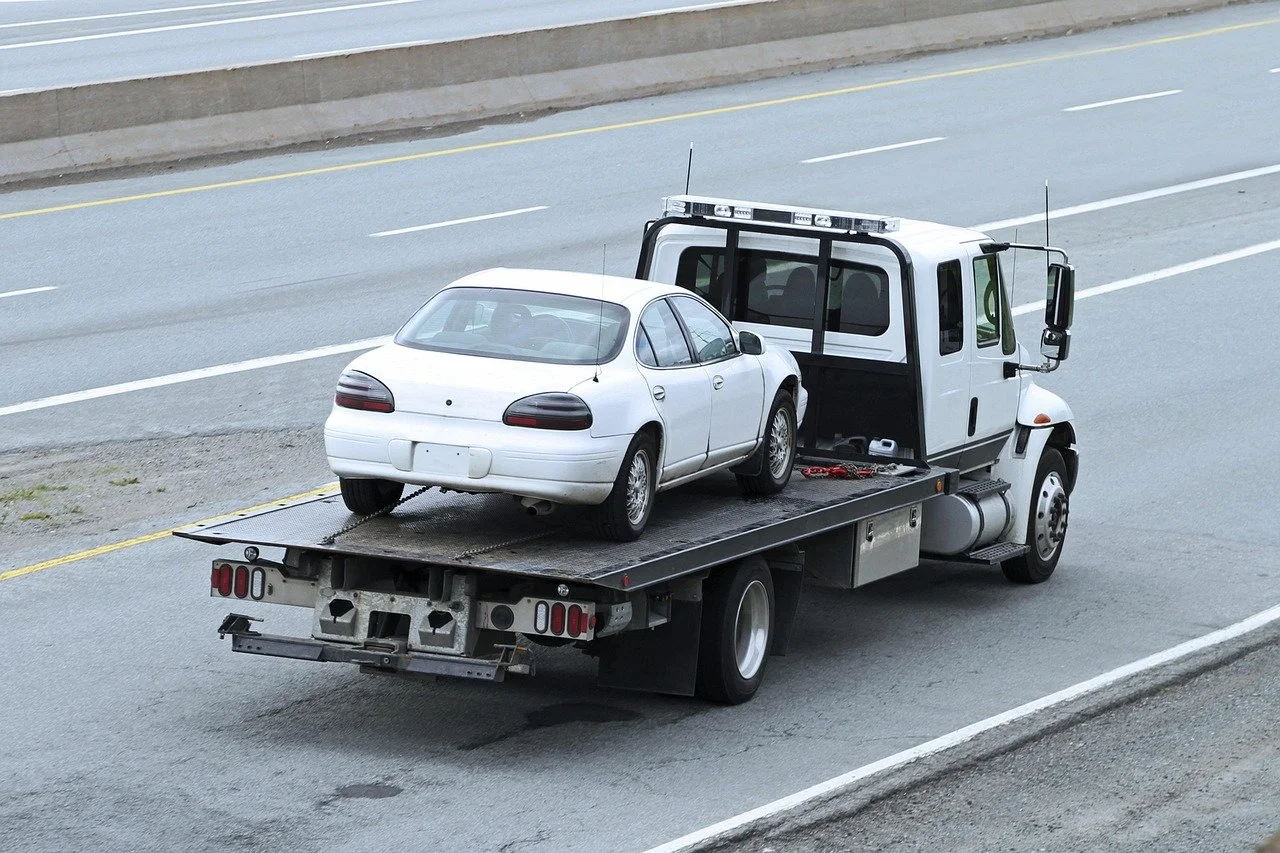
Expert Towing and Roadside Assistance Services
Who we are
Hi there, we're Brooklyn Park Towing! We're a locally-owned business that takes pride in providing the best towing services to our community.
Our team is here to assist you with any roadside emergency, no matter how big or small. You can count on us to be friendly, professional, and always ready to lend a helping hand.
We are a local referral towing service for the Brooklyn Park and surrounding areas.
Need help? Give us a call for a free estimate: (612) 440-1126
We offer prompt and courteous service and are here to answer your towing questions.
History of Brooklyn Park
The land that is now Brooklyn Park was originally inhabited by the Dakota people. After treaties opened up land for settlement, settlers began arriving in the early 1850s. Some of the initial settlers originated from Brooklyn, Michigan. These settlers were allowed the opportunity to name the city, and thus settled on the name, Brooklyn Township in 1852, honoring of where they originated from (Brooklyn Park).
In 1858, Minnesota officially becomes the 32nd state. This is also when Brooklyn Township’s officers were elected.
In 1860, Brooklyn Township is divided into 3 sections, the northern section was kept as Brooklyn township, which will eventually become known as Brooklyn Park. The 2 southern sections were split between Brooklyn Center and Crystal Lake.
In 1954 Brooklyn Township is recognized as a Village, when its population is about 3,868.
In 1966 the Village of Brooklyn Park adopts the council/manager form of government.
In 1969 the city officially becomes a Charter City, which gives it more autonomy to govern under its own charter rather than by a generic state law structure.
Over the second half of the 20th century and into the 21st, Brooklyn Park transitioned from largely agricultural/rural land to a fully suburban/urbanizing city. As infrastructure, highways, and industrial/retail/commercial zones developed, the number of residents, housing, jobs, and amenities expanded greatly. Key infrastructure like Highway 610, connections to I-94, etc., have played a big role (Brooklyn Park).
brooklyn park Demographics
Population:
Brooklyn Park is one of the fastest-growing suburban cities in the northwest metro. It constantly ranks near the top 5 largest cities in Minnesota.
In 1990, Brooklyn Park had a population of about 56,366.
By 2000, the population increased to about 67,559.
From 2000 to 2010 Brooklyn Park showed continued growth, increasing from the approximately 67,559 to ~75,965 in 2010.
In the next decade, Brooklyn Park went from a population of ~75,965 in 2010 to ~86,211 by 2020.
Most recently, there has been a slight decline or stabilization in the population, estimates for 2023 are around 82,000 (Neilsberg).
Racial & Ethnic Composition (As of the 2020 Census):
~39-40% White
~29-30% Black or African American
~18-19% Asian
~7-8% Hispanics/Latinos
Other Demographic Features (As of the 2010 Census):
Household size tends to be larger than the metro average of ~2.4–2.5, with Brooklyn Park’s household size being roughly ~2.8–2.9 people per household (Brooklyn Park).
Unemployment rates in 2010 were roughly 7.6%.
Brooklyn Park has a relatively large young population, with approximately ~27-29% of the population being under the age of 18, Although this is the case, the population is aging moderately.
brooklyn park Economics & Industries
Major Employers & Industry Sectors:
According to the city’s Comprehensive Plan from 2017, there were over 1,500 businesses in Brooklyn Park, including ~28 Fortune-500 or publicly traded companies (Brooklyn Park).
Top employers then included:
Target (North Office Campus)
Caterpillar Paving Products
Medtronic
North Hennepin Community College
Hennepin Technical College
Hy-Vee
Income, Poverty, Housing (Census.gov)
Recent median household income (2019-2023) is ~$85,964.
Per capita income in that period ~$37,872.
Poverty rate is ~10.3%.
Owner‐occupied housing units: ~69.2%.
